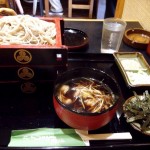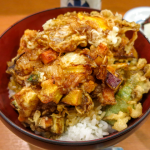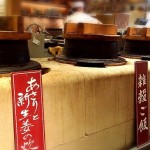Garden reflecting the world of Japanese classical poetry
Rikugien is a daimyo teien, or feudal lord’s garden, which was created by Yanagisawa Yoshiyasu, who was an official in the Tokugawa shogunate of the Edo period and is said to have been the favorite of the fifth shogun, Tokugawa Tsunayoshi.
On this extensive site, which is as large as 87,800 square meters in size, this beautiful garden was originally constructed as a kaiyushiki-tein, or promenade garden, in which the lord can stroll around, or otherwise practice horse-riding and archery. Total of seven years were spent on construction of this garden and it is not difficult to see years of effort that were put in to this magnificent garden.
The name, Rikugien, stems from waka, or a type of classical Japanese poetry.
It is a word derived from the Kokin Wakashu, or an early anthology of waka, dating from the Heian period, and believed to have been completed in the year 920. The garden is a result of an attempt to reflect the world of waka into real life.
The garden, which is said to have been loved by the shogun, Tsunayoshi, was donated to the Tokyo prefecture in 1938 and had been made open to the public ever since. The garden fortunately remained undamaged from the Kanto earthquake or the war, and still to this day, retains the same magnificence as when it was first constructed.
Azalea, cherry blossoms, and Japanese maple that colors the garden
The highlight of the garden is certainly the azalea trees.
Azalea trees, as does cherry and plum trees, blossom in the spring, and they are an important part of the spring scenery in Japan.
Weeping cherry trees blossom towards the end of March and the leaves of the maple trees colors the garden with red and yellow through November and December. During these periods, there will be lights to beautifully illuminate the trees during night-time, which is bound create quite a special experience of the garden.
Enjoy Japanese sweets and matcha green tea for a little break
There are four places at Rikugien which you can visit to take a little break. There are Suijyo-chaya and Shinsen-tei, which are open all year, a rest area, and also Sakura-chaya, which is only open during the spring season in which cherry blossoms are in bloom.
The set of a cup of matcha green tea and a plate of Japanese sweets shaped of seasonal flowers is provided at Suijyo-chaya. Give it a try!
At Sakura-chaya, which is only open during the spring season, you will be able to have dango, or Japanese dumplings and sweets, freshly cooked on charcoal grill. Two flavors of dango are available; miso with walnuts flavor and soy sauce flavor. Grab a glass of beer and enjoy the dango while looking over the beautiful garden!
In addition, there are also tonjiru, or Japanese soup with a miso base made with pork and vegetables, and chimaki, or Japanese dumpling wrapped in bamboo leaf.
writer:Nozomi
Photos from
flickr
flickr
flickr
flickr
flickr

















